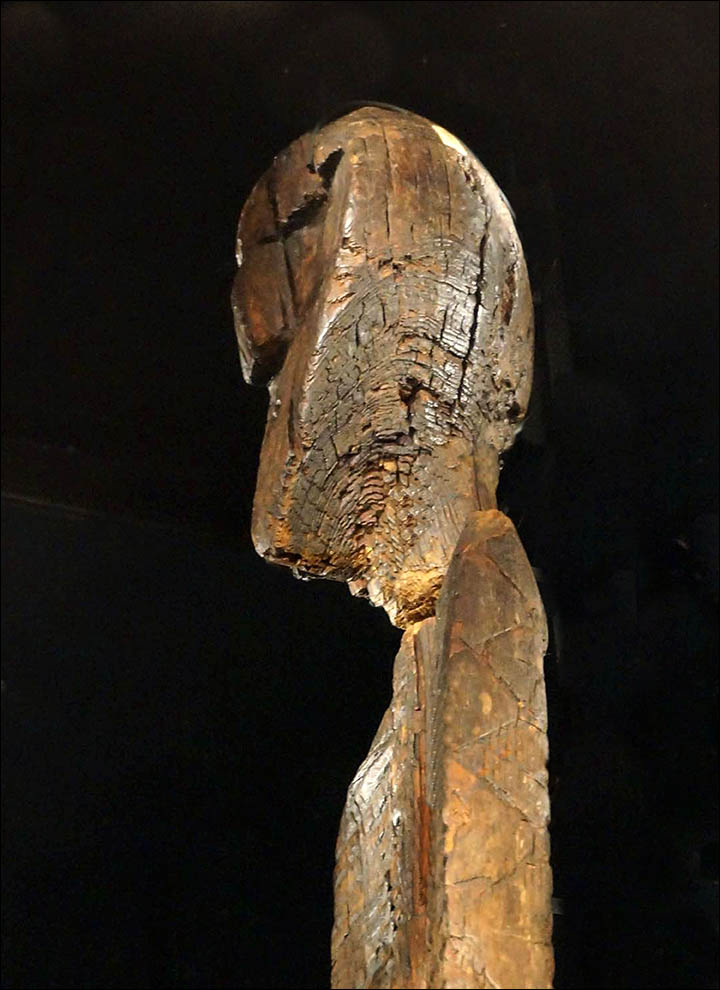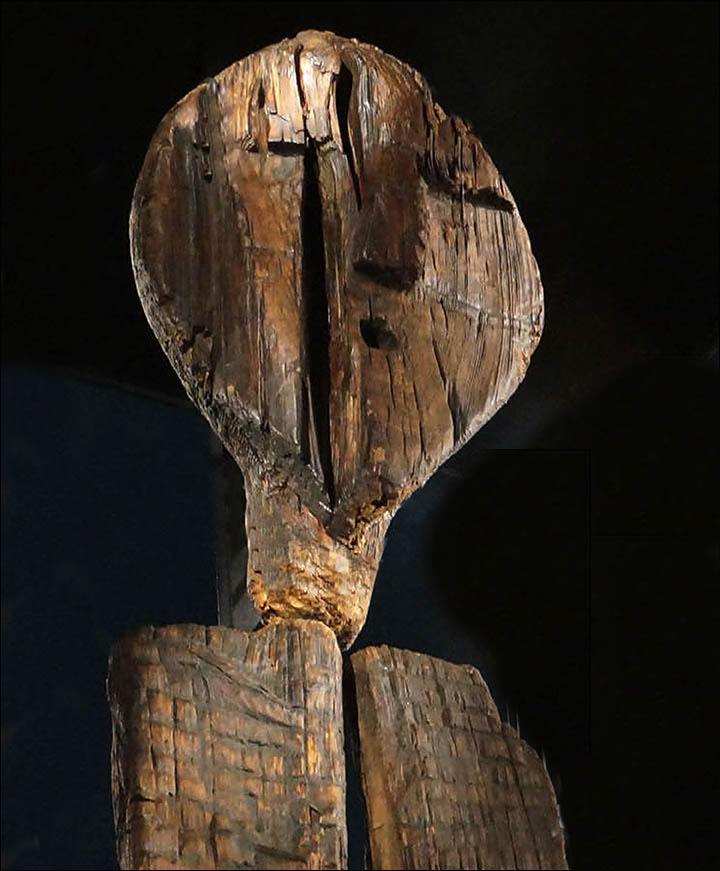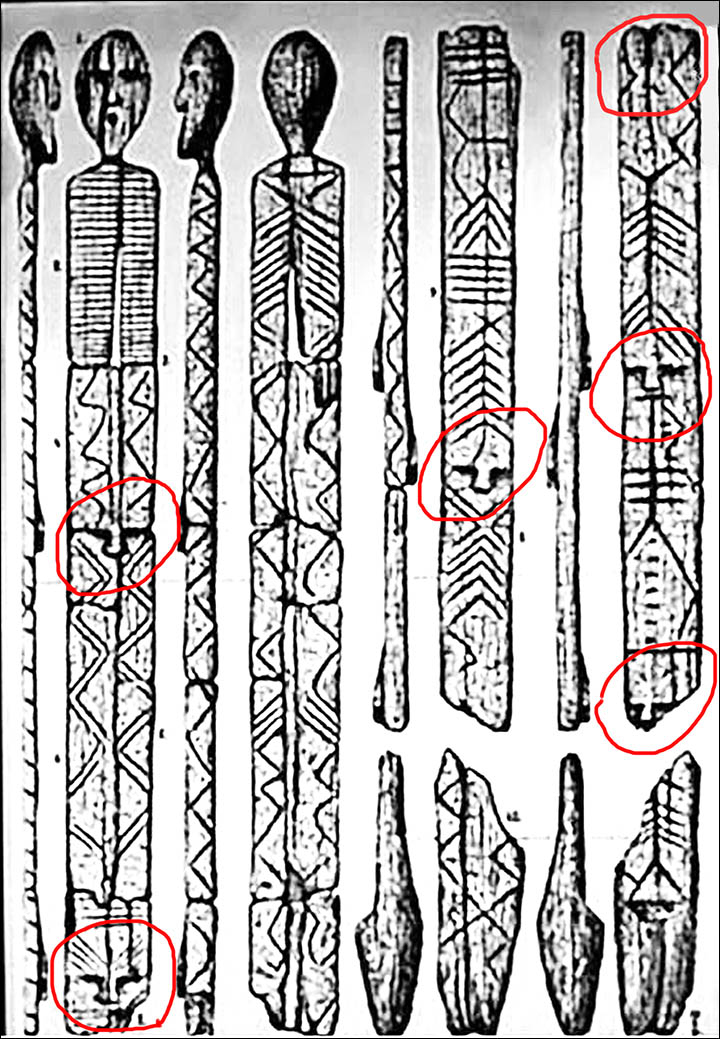The New Picture Thread
- Thread starter savdout916
- Start date
change it up a bit...

January 1965: Vietnamese and US troops rest after a tense night awaiting a Viet Cong ambush near the village of Binh Gia

June 11, 1963: A monk torches himself in Saigon to protest the persecution of Buddhists by the South Vietnamese government.

February 1, 1968: The chief of the South Vietnamese national police prepares to execute a suspected VC official. "They killed many of my people, and yours too," he explained to the photographer before walking away.

April 14, 2003: A Marine tries the banister at a palace in Saddam's hometown of Tikrit.

November 13, 2006: Injured troops on a cargo plane at Balad Air Force en route to Germany. (The red lighting indicates that the base is under attack.)

October 31, 2006: Marine Sgt. Jesse E. Leach drags a comrade shot by a sniper while patrolling in Garma.

January 1965: Vietnamese and US troops rest after a tense night awaiting a Viet Cong ambush near the village of Binh Gia

June 11, 1963: A monk torches himself in Saigon to protest the persecution of Buddhists by the South Vietnamese government.

February 1, 1968: The chief of the South Vietnamese national police prepares to execute a suspected VC official. "They killed many of my people, and yours too," he explained to the photographer before walking away.

April 14, 2003: A Marine tries the banister at a palace in Saddam's hometown of Tikrit.

November 13, 2006: Injured troops on a cargo plane at Balad Air Force en route to Germany. (The red lighting indicates that the base is under attack.)

October 31, 2006: Marine Sgt. Jesse E. Leach drags a comrade shot by a sniper while patrolling in Garma.

That would be scary as fuck! All your homies go skiing down the hill and the earth suddenly just swallows you.
Full video
https://www.youtube.com/watch?v=OvjUUgJgxJ4

Tsar Tank 1914-1915
(For size reference see men standing on tank)
The Tsar Tank, also known as the Netopyr' (Нетопырь
It differed from modern tanks in that it did not use caterpillar tracks—rather, it used a tricycle design. The two front spoke wheels were nearly 9 meters (27 feet) in diameter; the back wheel was smaller, only 1.5 meters (5 feet) high triple wheel, to ensure maneuverability. The upper cannon turret reached nearly 8 meters high. The hull was 12 meters wide with two more cannons in the sponsons. Additional weapons were also planned under the belly. Each wheel was powered by a 250 hp (190 kW) Sunbeam engine.
The huge wheels were intended to cross significant obstacles. However, due to miscalculations of the weight, the back wheel was prone to getting stuck in soft ground and ditches, and the front wheels were sometimes insufficient to pull it out. This led to a fiasco of tests before the high commission in August 1915. The tank remained in the location where it was tested, some 60 kilometers from Moscow until 1923 when it was finally taken apart for scrap
Mysterious Wooden Idol Found in Russia is 11,000 years old, The Shigir Idol is twice as old as the Pyramids and Stonehenge - and is by far the oldest wooden structure in the world. Covered in a code no one can decipher.





It stands 2.8 metres (9.2 feet) in height but originally was 5.3 metres tall (17.4 feet), many pieces went missing.




It stands 2.8 metres (9.2 feet) in height but originally was 5.3 metres tall (17.4 feet), many pieces went missing.






































 baffled on how in the fuck she russian tho
baffled on how in the fuck she russian tho













